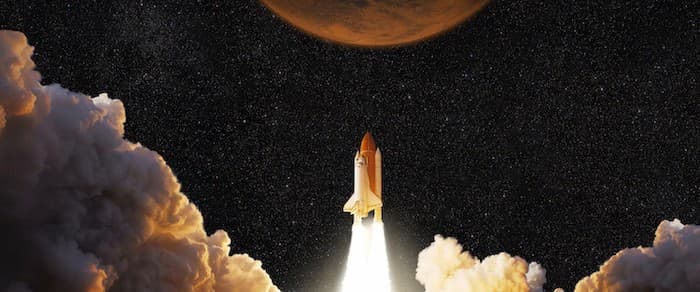In 2018, Cody Friesen, PhD ’04, trekked through the bush in Kenya’s Rift Valley to comprehend the perils the girls of the Samburu Girls Foundation faced when they went out to gather water.
Every day, girls living at the rescue organization had to walk two miles—often past men who see them as property—to the nearest water in a land where the past decade had been marked by blistering droughts.
There, on the muddy banks of a river riddled with cholera, Friesen saw the tracks of hyenas and men, reminders of what might await any girl who lingered.







